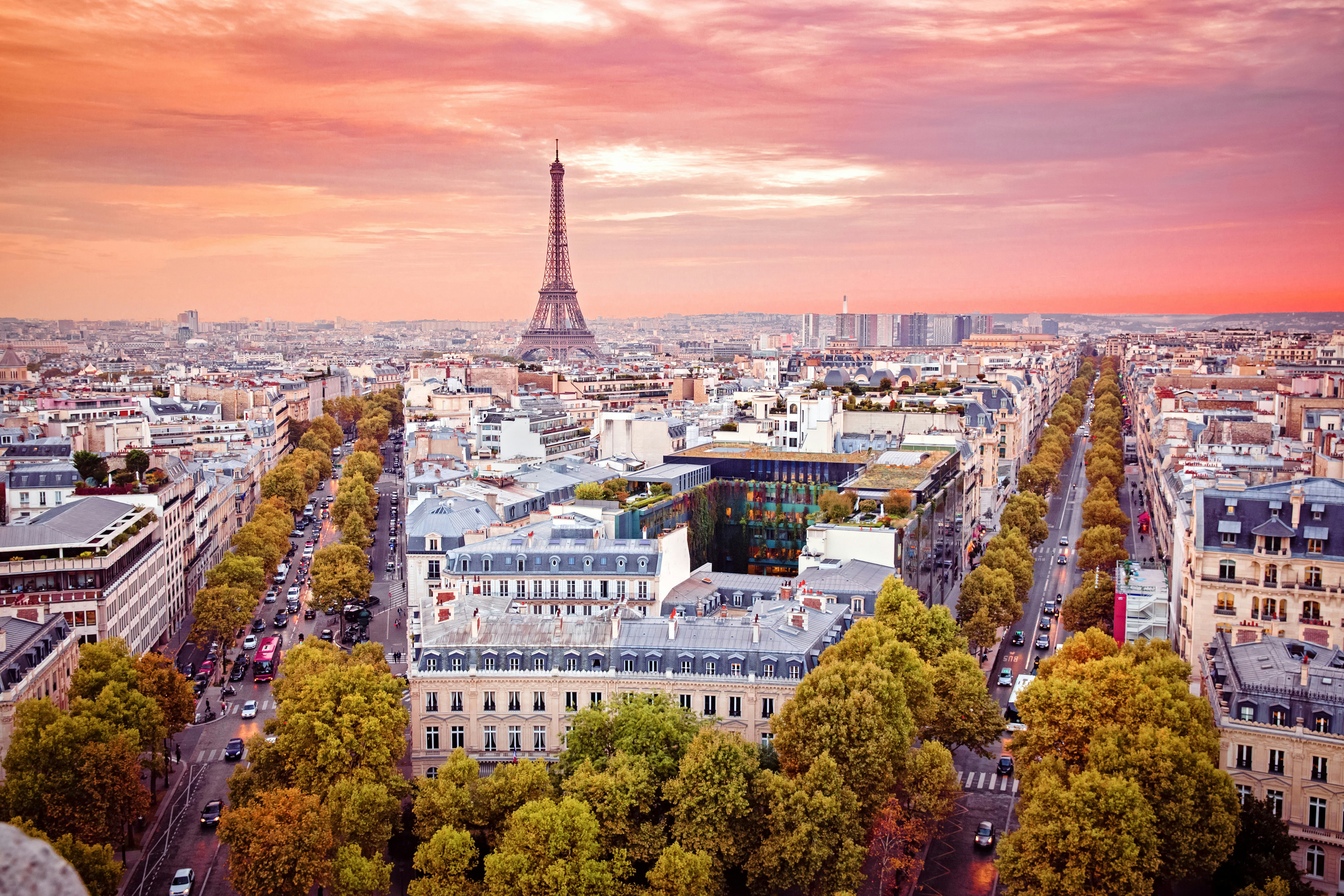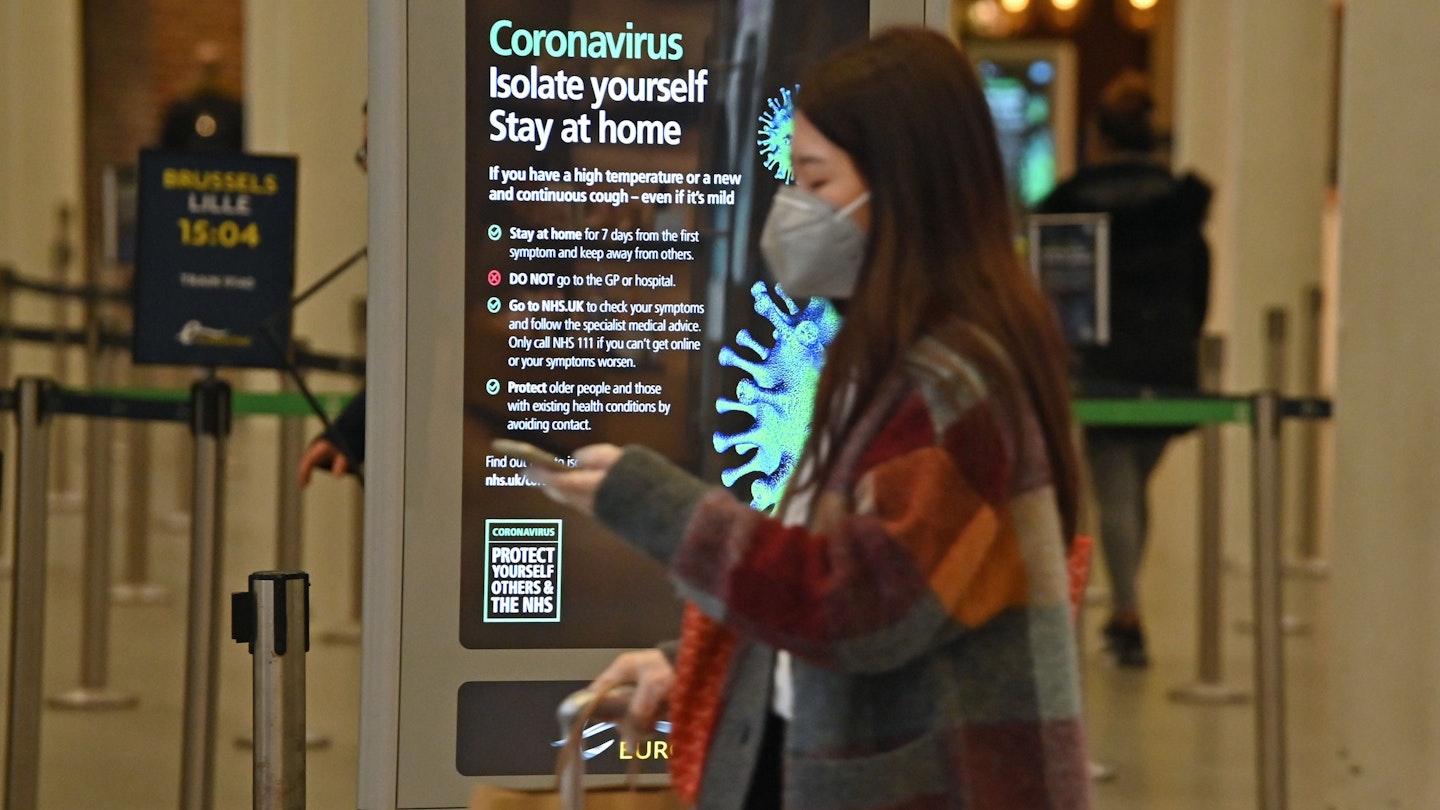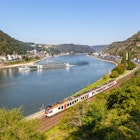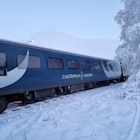Eurostar, the cross-Channel high-speed rail service, now requires passengers to wear face masks when travelling on board its trains. Operating out of St Pancras station in London, Eurostar delivers passengers to French cities like Calais, Paris, Lille and Lyon and, in winter, to the Alps. It also offers a high-speed service to Brussels, Rotterdam and Amsterdam.

Eurostar has stated that passengers must wear a face mask or face covering at its stations and on board its trains, in line with guidelines announced by the French and Belgian governments. It says that any type of mask is suitable as long as it effectively covers the passenger's nose and mouth. "If you don’t have a mask you may be refused travel on our services," it says. "We’d like to advise you that fines may be imposed in France and Belgium if you’re not wearing a mask."

Following the French government’s decision to tighten border controls due to the coronavirus, passengers are currently only allowed to cross the border into mainland Europe if they are essential workers, EU citizens of mainland continental Europe returning home to their main residence or UK and non-EU citizens with a residency permit in an EU country. Anyone travelling into France or departing via Eurostar needs to complete two forms and bring them along when travelling to confirm their journey is necessary.

The first is the "International Circulation Attestation to Mainland France," and the second is the "Attestation de deplacement derogatoire." Passengers may be required to show them on their journey to or from the station along with their travel documents. Further information is available on Eurostar's website here.
Keep up to date with Lonely Planet's latest travel-related COVID-19 news here.











